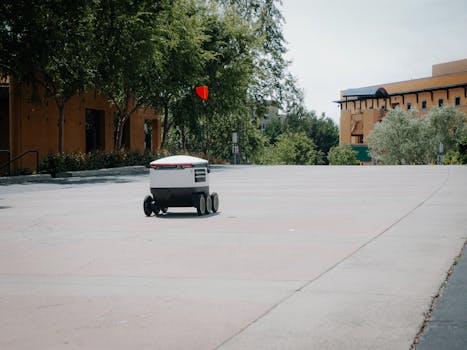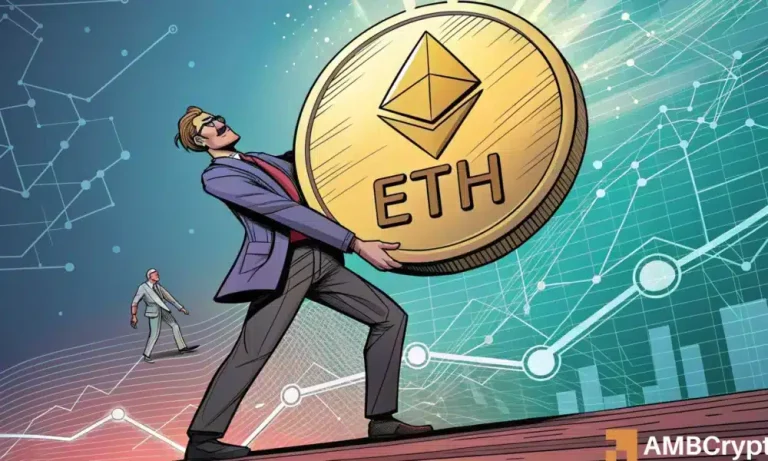
Smart Cities: Urban Trends for 2025
Smart Cities are revolutionizing the way we live, work, and interact with our environment. As we look to the future, it’s clear that urban trends will play a significant role in shaping the development of our cities. Smart Cities are at the forefront of this movement, leveraging technology, sustainability, and innovation to create better living conditions for residents. In this article, we’ll explore the top urban trends for 2025 and how they’ll impact the future of smart cities.
Section 1: Sustainable Energy and Environment
One of the primary concerns for smart cities is reducing their carbon footprint and promoting sustainable energy sources. In 2025, we can expect to see a significant increase in the adoption of renewable energy sources, such as solar, wind, and hydroelectric power. Additionally, cities will focus on implementing energy-efficient solutions, like smart grids and green buildings, to minimize energy consumption.
Another crucial aspect of sustainable cities is waste management. Smart waste management systems will become more prevalent, using technologies like IoT sensors and AI to optimize waste collection and recycling. This will not only reduce waste but also create a cleaner and healthier environment for residents.
Section 2: Innovative Transportation Systems
Transportation is a critical component of any city, and smart cities are no exception. In 2025, we’ll see a rise in electric and autonomous vehicles, which will reduce emissions and improve traffic flow. Additionally, cities will invest in smart public transportation systems, such as self-driving buses and hyperloops, to provide efficient and convenient transportation options for residents.
Smart traffic management will also become more widespread, using real-time data and analytics to optimize traffic light timing and reduce congestion. This will not only decrease travel times but also improve air quality and reduce the risk of accidents.
Section 3: Urban Planning and Development
Smart cities require careful planning and development to ensure that they are functional, sustainable, and livable. In 2025, we’ll see a focus on mixed-use development, where residential, commercial, and recreational spaces are integrated to create vibrant and dynamic communities.
Green spaces will also become a priority, with cities investing in parks, gardens, and green roofs to provide residents with access to nature and reduce the urban heat island effect. Additionally, smart buildings will become more prevalent, using technologies like energy-harvesting materials and self-healing concrete to create sustainable and resilient structures.
Section 4: Technology and Innovation
Technology will play a vital role in shaping the future of smart cities. In 2025, we’ll see a significant increase in the adoption of IoT devices, which will be used to collect data, monitor infrastructure, and provide services to residents.
Artificial intelligence will also become more prevalent, used to analyze data, optimize systems, and provide personalized services to residents. Additionally, blockchain technology will be used to create secure and transparent systems for data management and transactions.
Section 5: Conclusion
In conclusion, the future of smart cities looks bright, with a focus on sustainability, innovation, and technology. As we move forward, it’s essential to prioritize the needs of residents, ensure equity and accessibility, and create livable and thriving communities. By embracing these urban trends, we can create a better future for ourselves and for generations to come.



